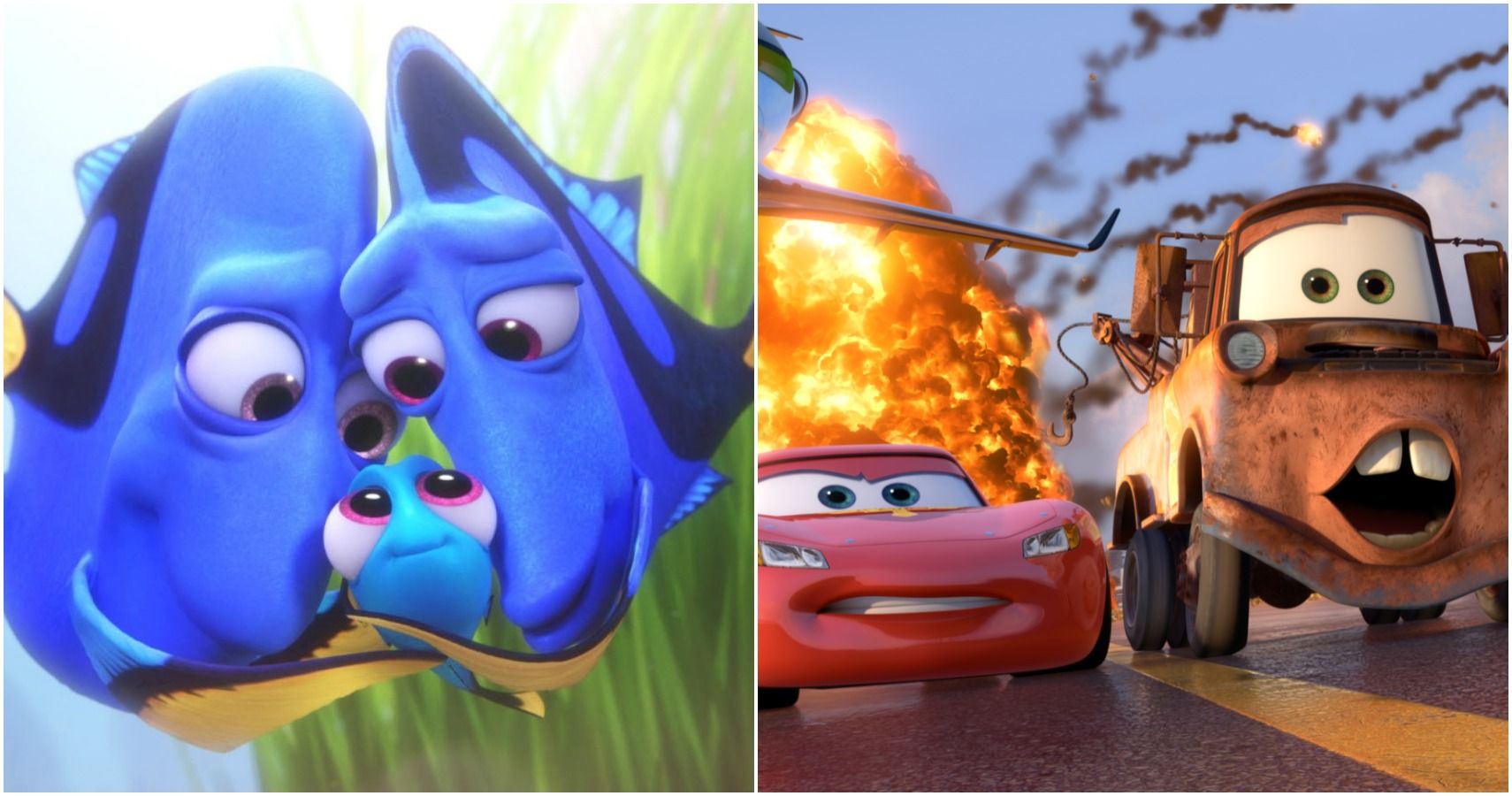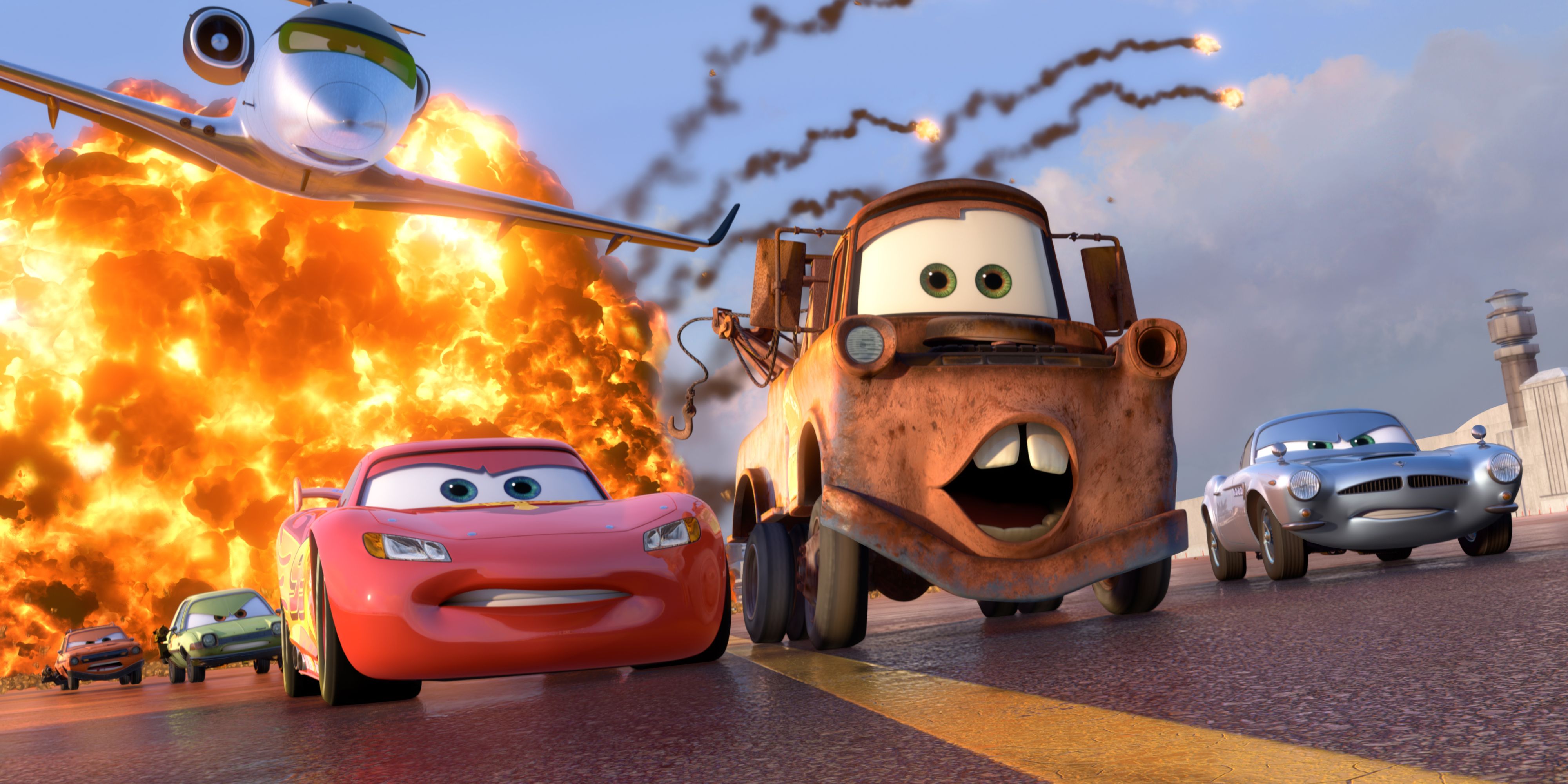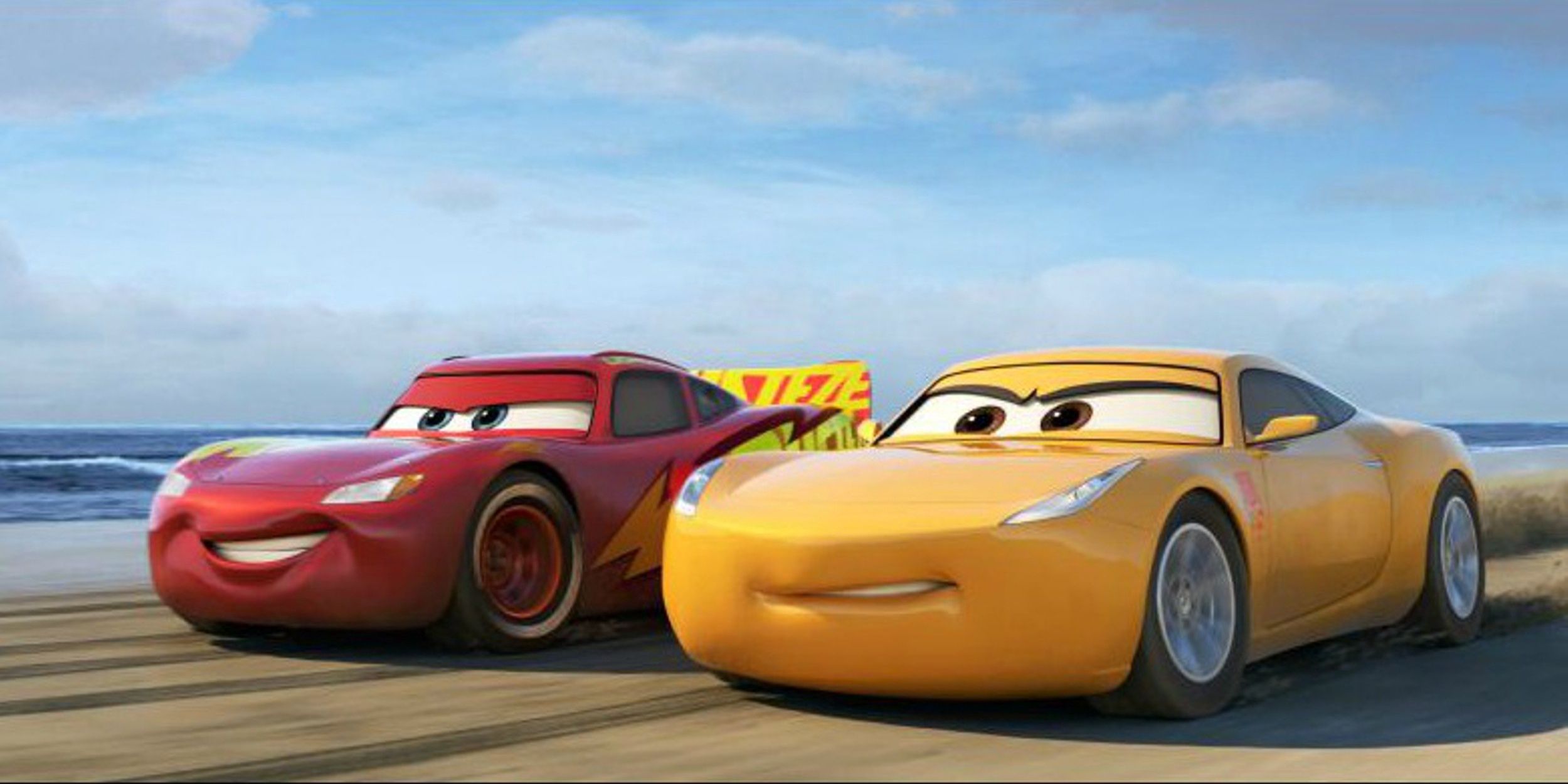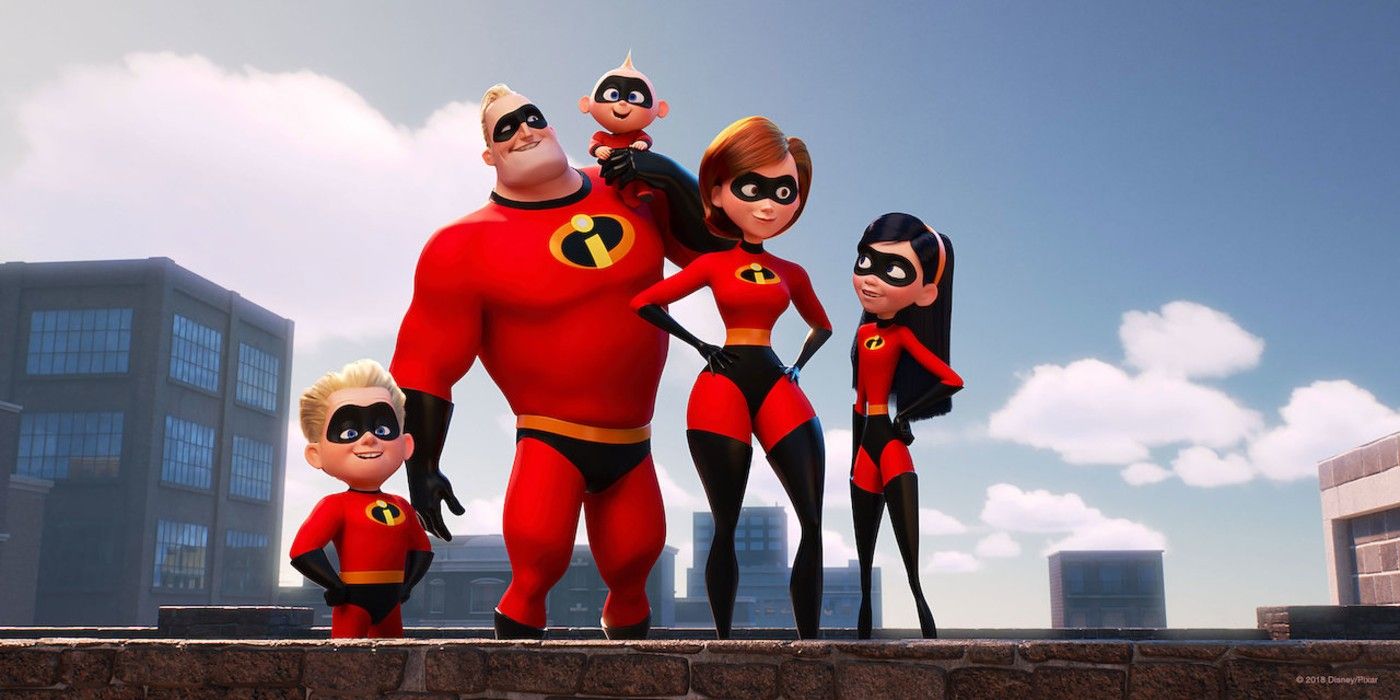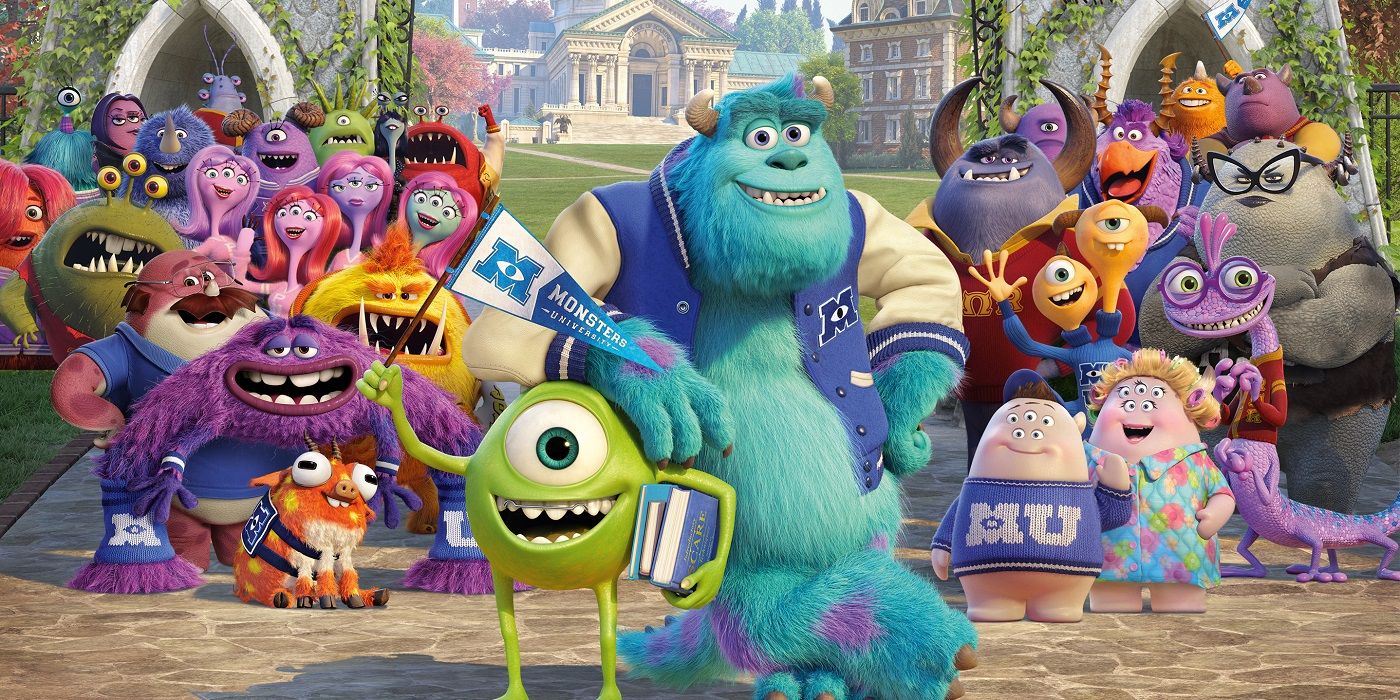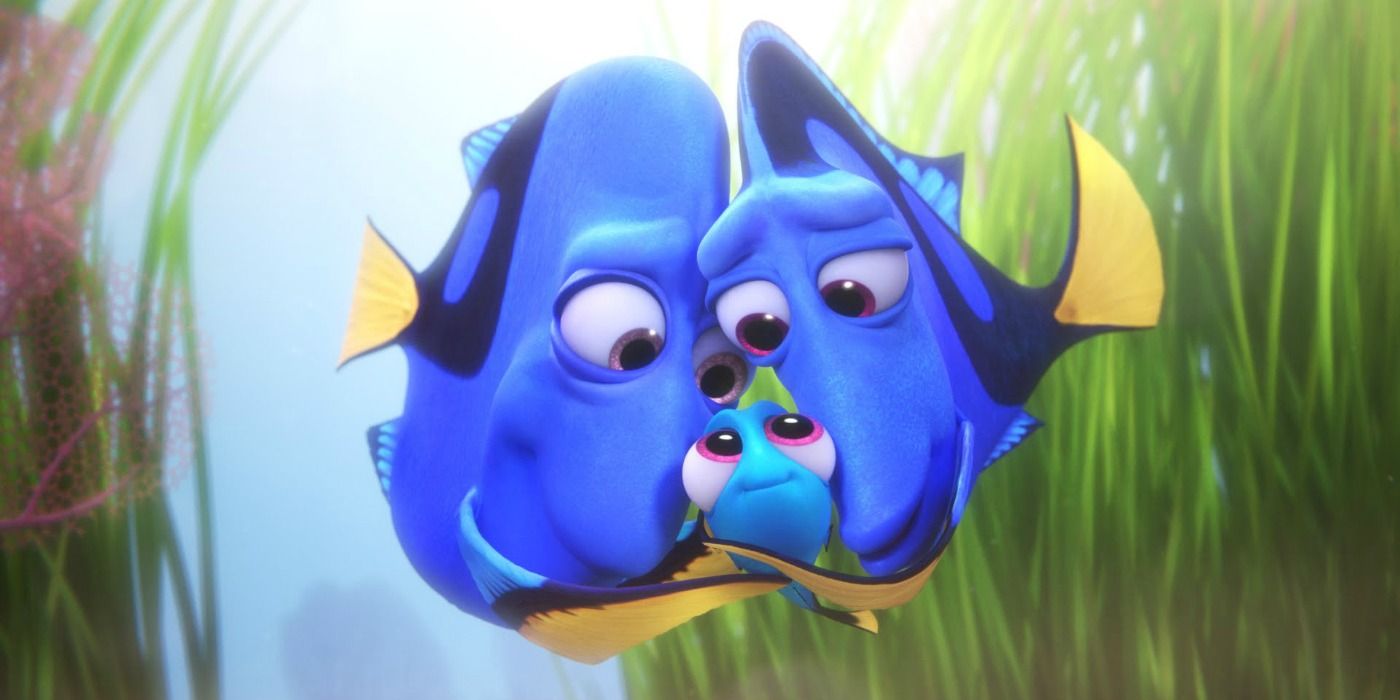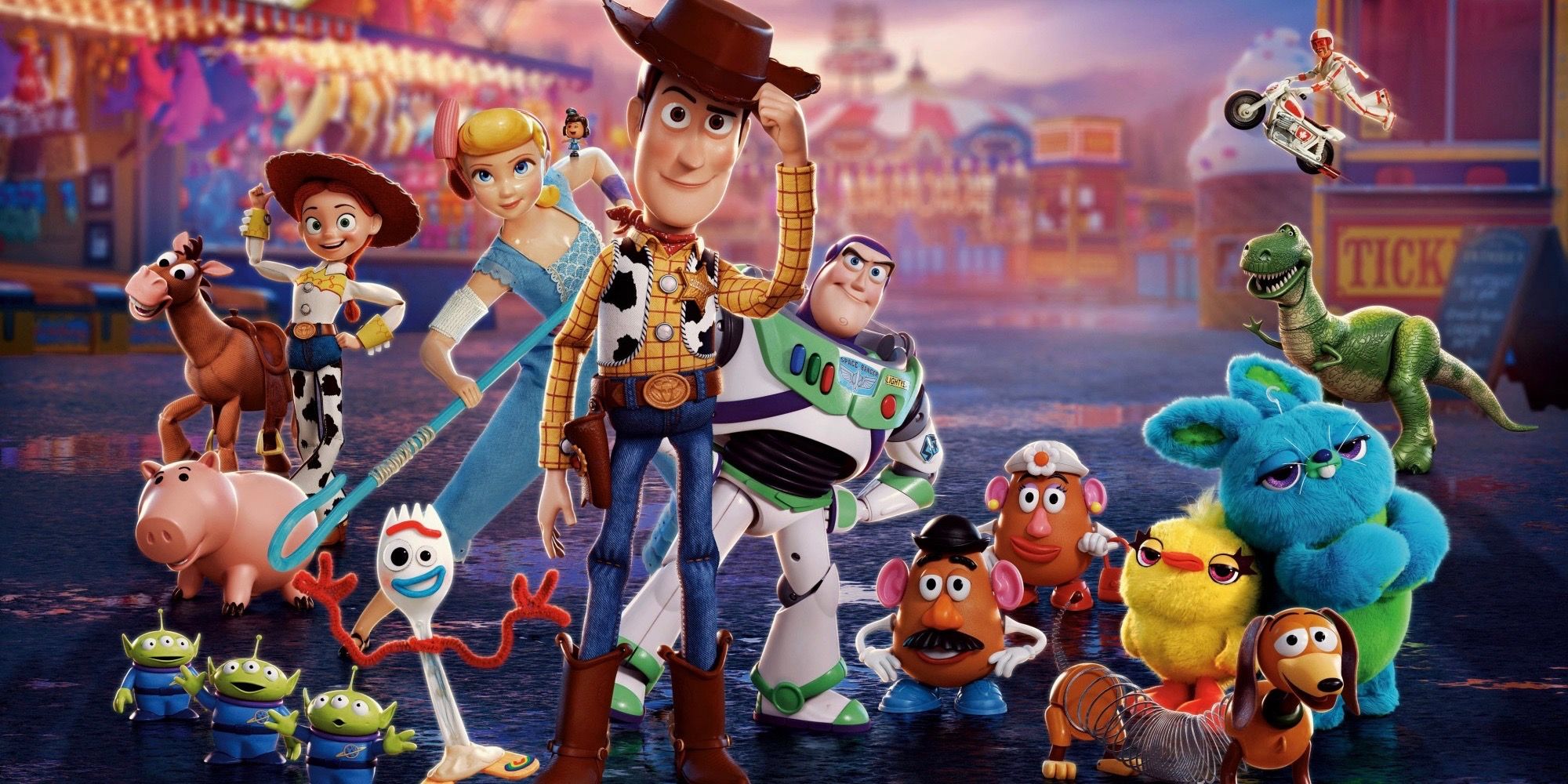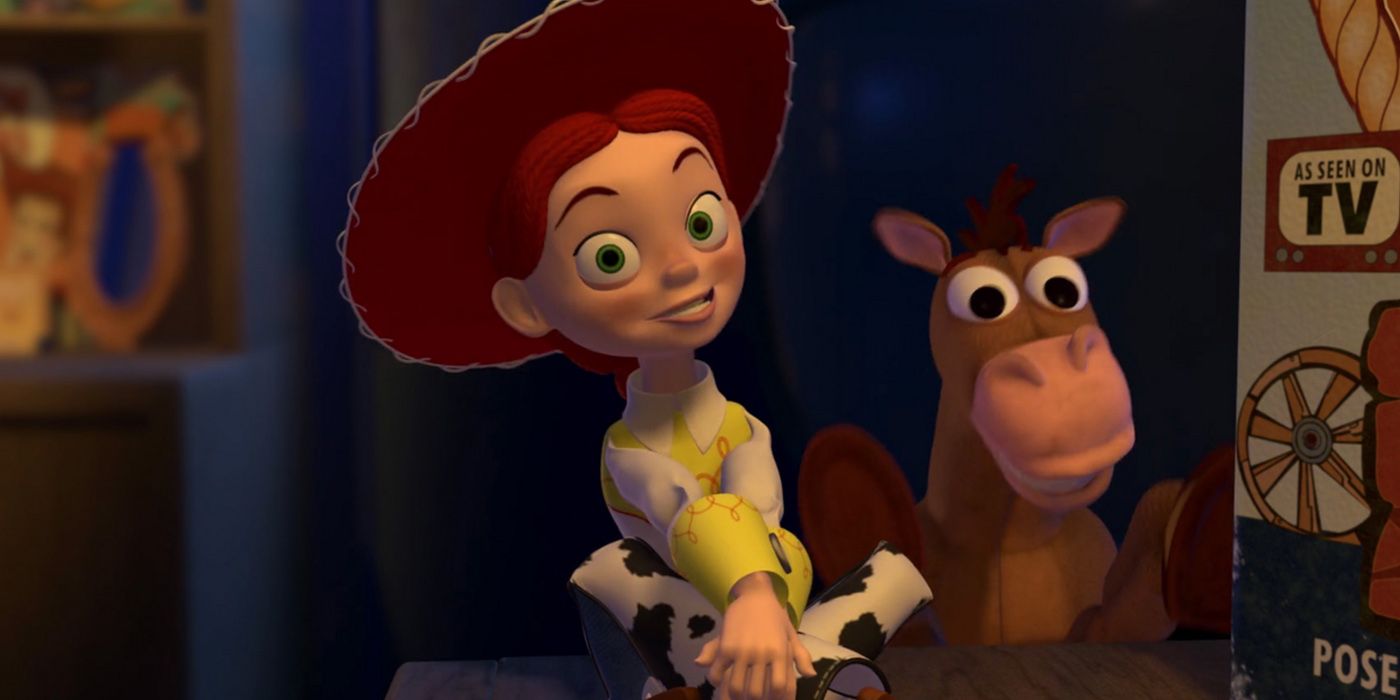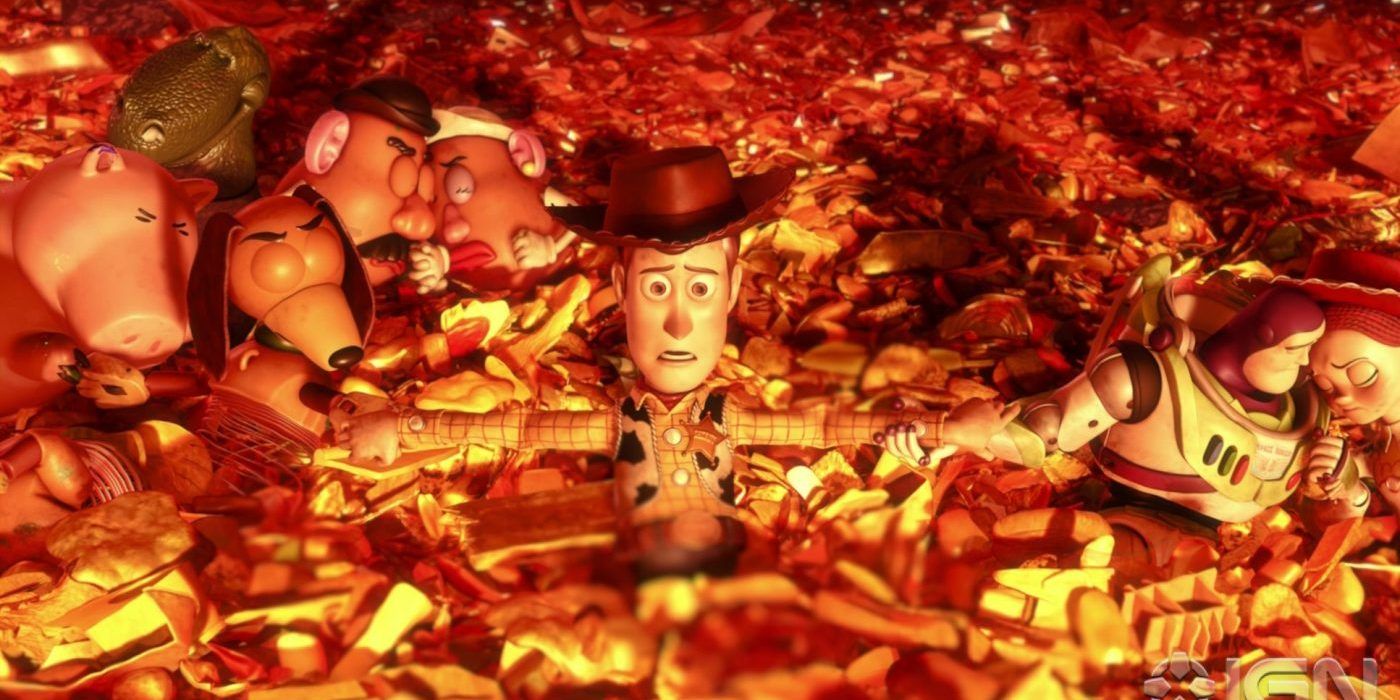Widely regarded to be the greatest animation studio in Hollywood (or, at the very least, in the top five), Pixar has been delivering masterful storytelling, lovable characters, and inventive twists on the usual tropes for the past 25 years.
The studio’s best work has always been in telling original stories and introducing us to new pastures, but that doesn’t mean the Pixar team hasn’t dabbled in expanding their existing story worlds. In both sequels and prequels, Pixar has returned to familiar characters to spend more time with them – especially in recent years. So, here is Every Pixar Sequel (And Prequel), Ranked.
Cars 2
Easily Pixar’s worst movie, Cars 2, doesn’t even stack up next to the lazy and lackluster efforts of most rival studios. From a studio whose grasp of fresh and exciting storytelling is unparalleled, Cars 2 drags on with no real purpose. It didn’t help that the original Cars movie wasn’t very good – and the fact that the car-infested world in which it’s set doesn’t make a whole lot of sense is often distracting – but even factoring in these excuses, Cars 2 is a bad movie.
Like Alan in The Hangover trilogy and the Minions in the Despicable Me movies, after becoming the breakout character of the first film, Mater is crammed down the audience’s throat in a dreadful parody of the Bond films.
Cars 3
Although it was marketed as an uncharacteristically dark turn in the story, Cars 3 turned out to be yet another bland entry in a franchise that only exists because it was the brainchild of Pixar’s then-head honcho, John Lasseter. It was a vast improvement over its predecessor, but that’s not really saying a lot.
A few of the scenes in Cars 3 feel like a commercial for toys and video games, not an essential component of an airtight plot. There’s been talk of a Cars 4, but please, Pixar, for the love of God, just let the Cars franchise die already.
Incredibles 2
The long-awaited sequel to The Incredibles hit theaters in the summer of 2018, at a time when superhero movies had become a lot more commonplace – so commonplace, in fact, that six out of the 10 highest-grossing films of that year (Incredibles 2 included) were superhero movies. Even in such a crowded market, Incredibles 2 still managed to feel like a fresh take on the genre, mainly because it stuck to the unique tone established by the original.
The sequel doesn’t have the perfect balance of heart, humor, and spectacle that the first one had, but letting Helen go on the adventures this time while Bob was left holding the baby was a nice touch, and helped to distinguish this one from its predecessor.
Monsters University
The prequel to Monsters, Inc., Monsters University, is essentially Animal House for kids. It was an odd choice, because most of the jokes went over kids’ heads. Perhaps inevitably, Monsters University falls into all the trappings of a prequel.
Since we know where the characters end up, there’s no real dramatic stakes in Mike and Sulley’s pursuit of a career at Monsters, Inc., because we all know that they do end up working there. And there are a couple of moments that contradict lines from the original movie. But on the whole, Monsters University is a lot of fun. Somehow, it works. And as usual, Billy Crystal and John Goodman’s chemistry is spectacular.
Finding Dory
After Finding Nemo took audiences across an entire ocean, from the darkest depths all the way to the shore, Finding Dory felt like a bit of a step-down. Most of the sequel is set in the Marine Life Institute, which felt absurdly small-scale, especially considering the old adage that sequels have to go bigger. Finding Nemo’s sequel went much, much smaller.
But that felt insignificant, because the same emotional resonance was still there. And Andrew Stanton kept things fresh by telling a new story. Rather than have Nemo go missing again, rehashing the original’s premise like so many sequels have done in the past (Die Hard 2, The Hangover Part II, Home Alone 2: Lost in New York etc.), Stanton shifted the focus to Dory, giving her a backstory that felt ingenuous. On top of that, all the new characters were lovable.
Toy Story 4
While it’s not a bad movie by any stretch of the imagination, Toy Story 4 is arguably the weakest entry in its franchise. Bear in mind that it’s a franchise where every entry is an almost-perfect masterpiece. It still feels like it has more reason for being than most of Pixar’s sequels, which is saying something, because it’s the furthest Pixar has ever gotten with a franchise.
Toy Story 4 didn’t give fans a more emotionally satisfying ending to the series than Toy Story 3 had already done. But as a postscript for Woody’s journey, it provided some heartfelt developments.
Toy Story 2
Pixar’s first sequel is still one of its best. The Pixar team actually didn’t want to make a sequel to Toy Story, but Disney was going to release a shabby direct-to-video sequel regardless, and the Pixar people figured that if a sequel was going to be made, they might as well do it themselves and make sure it was good.
Toy Story 2 established a lot of the techniques that Pixar would go on to replicate in all of its subsequent attempts at sequels: expanding the cast with new characters (introducing Jessie and Bullseye, among others, into the mix), swapping the character dynamic from the first one, giving the story a bigger scale etc. And here, it all works really well.
Toy Story 3
The third movie in a franchise is usually the worst – The Godfather Part III, Spider-Man 3, The Matrix Revolutions etc. – but Toy Story 3 is a bona fide masterpiece. As Andy heads off to college, the toys are all taken to a daycare center, where they suffer under the ruthless rule of Lotso, perhaps the Toy Story franchise’s most dramatically interesting villain.
Woody and Buzz are kept separate for most of the movie, but they both have fitting arcs, and it all comes down to that emotional, tearjerking moment in the incinerator. Woody frantically searches for a way out, but then he looks up and sees that the other toys have accepted their fate. Buzz reaches out to take Woody’s hand, and even when you know what’s going to happen, it never fails to elicit tears. It’s simply a beautiful movie. The final moments, as Woody and Buzz watch Andy leave, made for a perfect (if temporary) end for the series.

